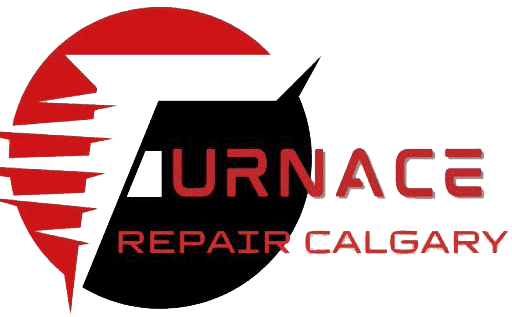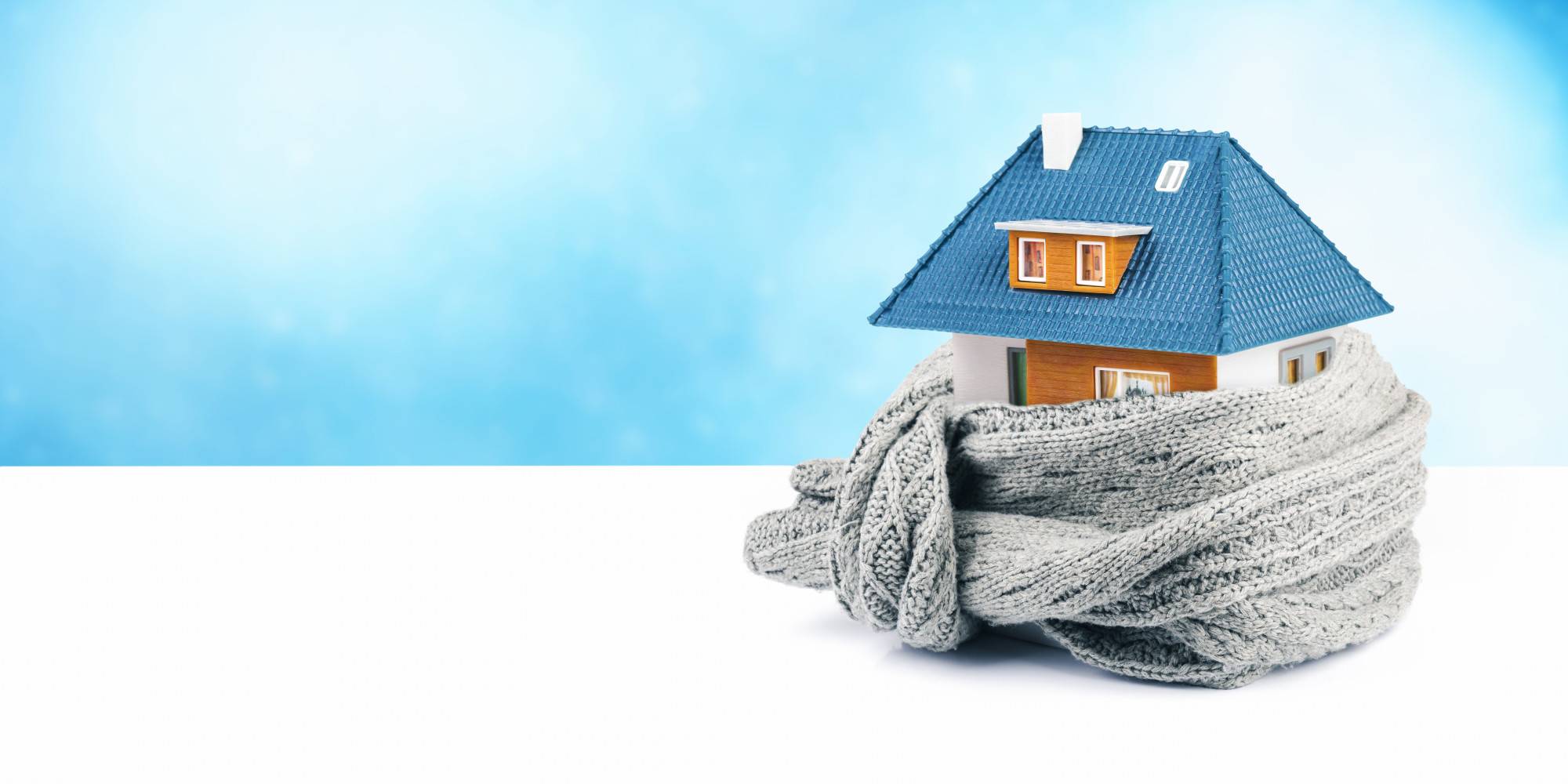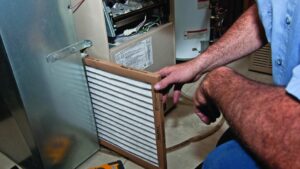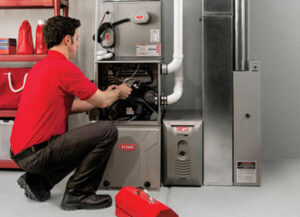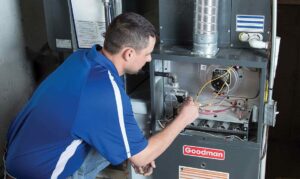Troubleshoot Furnace Blowing Cold Air
Furnace Blowing Cold Air? Even if you have a relatively new furnace, things can still wrong and cause this uncomfortable surprise. Sometimes you might be able to fix the problem on your own. However, it is essential to know when to call the furnace repair professionals to avoid interrupting your home comfort and spending time unnecessarily in the cold. Another thing you want to avoid is the risk of frozen pipes.
Related: Why is my furnace leaking water?
See Government of Canada recommendations on residential furnaces.
If your furnace is blowing cold air, try the following four furnace troubleshooting methods before calling a professional for assistance.
1. Check the fan setting on your thermostat
Does your furnace sometimes blow hot air, but other times cold air? If so, check to see if the fan setting on your thermostat is ON.
The fan was setting controls the blower, which is the part of the system that circulates air throughout your house. When you put the fan to ON, this means your blower will run continuously – whether or not your furnace is heating air, which is why sometimes you end up with cold air.
Make sure you turn the fan setting on your thermostat to AUTO instead of ON. When it is on AUTO, that will ensure the blower only runs when your furnace is heating the air.
When is it time to replace your furnace?
2. Check your filter’s air filter (furnace blowing cold air)
If you have a dirty filter, that can cause your furnace to blow cold air.
When an air filter is dirty, it blocks the airflow across the furnace heat exchanger, which causes it to overheat. When your furnace overheats, it can trip the high limit switch, which results in the furnace burners shutting off to prevent the heat exchanger from cracking.
Turn your furnace off at the thermostat, and then check the furnace’s filter. Change the filter if it is dirty. You might need help from a technician to reset your furnace.
3. Check your furnace’s pilot light
If you own an older furnace with an “unlit” standing pilot light, the burners on the heating unit will not light, resulting in no heat.
Use the following steps to attempt to relight the pilot light:
Step 1: Turn the furnace off. Switch the thermostat to OFF from HEAT.
Step 2: Locate the reset switch and pilot light assembly. The limit switch and blower assembly should be close to the bottom of the furnace. If you are unable to find them, check the user’s manual for your furnace.
You will need to open the cover on the furnace to gain access to the furnace’s reset switch. There should be a knob that has the following three settings on it:
– On
– Off
– Pilot
Step 3: Turn the knob into the off position and then wait for 3 to 5 minutes. That will shut the gas down that comes through the pilot light.
Step 4: Turn the knob into the pilot position and then press down on the knob. That re-starts the flow of gas into the pilot light.
Step 5: While you are pressing on the knob, take a lighter and hold it over the pilot’s opening until it lights the flame. Once lit, the burner flame should look like a steady blue cone hitting the center of the thermocouple.
Step 6: Turn the knob into the on position; your furnace should now ignite.
Step 7: Turn on the furnace at the thermostat. Turn it back to the HEAT position and make sure the temperature is 5 degrees lower than the room temperature. At this point, there should be hot air coming from the furnace.
Call a professional furnace contractor for assistance if the pilot will not stay lit or not light at all. The thermocouple may be malfunctioning (which is inexpensive to fix), or there could be other problems causing the pilot light not to burn correctly.
4. Check the condensate line.
Do you own a high-efficiency furnace? Is there water pooling around your furnace? If so, then the condensate line (usually a PVC pipe on the heating system. That can cause your furnace to shut off.
When a high-efficiency furnace is running, it creates water (condensate) that empties into a drain line. But if this line becomes blocked, the water will back up inside the furnace and cause the overkill skill switch to turn the heater off to prevent any water damage from occurring.
Condensate blockages are commonly caused by:
– Mold
– Dirt
– Dust
– Ice (only when the weather is cold and the line is running through an unconditioned space)
In addition to blockages, a broken condensate pump can also cause light liquids to overflow. If this happens, a professional will need to repair the pump.
As long as the problem is not ice, unclog your condensate. If the problem is ice, wrap your condensate line with pipe insulation and heat tape.
Regularly scheduled maintenance and cleaning can prevent many furnace problems as your furnace blowing cold air.. If you have done that this winter, call us today to avoid unexpected failures and ensure your system stays in top condition.
